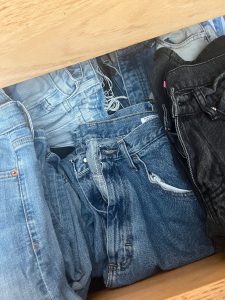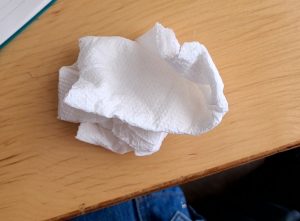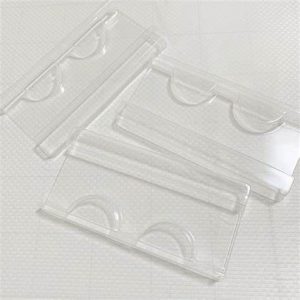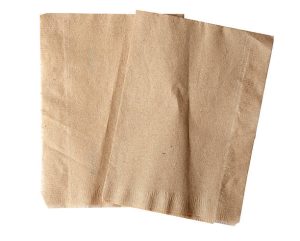I have PRODUCTS! Soaps, shampoos, conditioners, lotions, creams, ointments, serums, gels, man i’m insane. I have beauty and hygiene products I don’t even use, that I haven’t used in months. And I’m always buying more. This must be hoarding, this is definitely hoarding. The thought of parting with them makes me anxious. And some of them aren’t even good for me. The macadamia-nut body butter gave me hives! But I buy them because they’re all so pretty, they smell so good, and they make ME feel all pretty. I know their dirty little liars, and I know beauty is a made up idea rooted in white supremacy, so why do I still have them!? Because I want what they promise. They promise me they’ll make me healthy, and pretty, and acceptable, lovable even. And it’s harder to stand all alone.
I would say I have a cleaning routine but it can’t be all that efficient if I still have all these damn products. My routine doesn’t often extend to my things: my products, my clothes, my books, my papers. I take it for granted that they belong. That’s something I can change! Every couple of months I can go through my belongings and clear out what I’m not consistently using. But the things I can’t donate, or repurpose, or gift, will be thrown in the trash. And there’s gotta be something else I can do! Something other than that.



 A plastic bottle of soda that has been
A plastic bottle of soda that has been 
